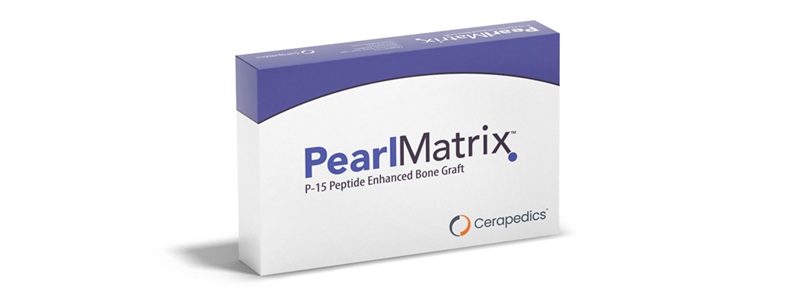TLIF is a complex surgical procedure aiming to reduce or eliminate pain in the lumbar spine because of degenerative disc disease (DDD) by removing a damaged disc and then uniting (fusing) the spinal vertebral bones above and below the damaged disc to create spinal stability along with decompression of the spine. The fusion is achieved using a bone graft which, over time, grows together with the vertebrae to form one bone.1 In 2023, an estimated 465,000 spinal fusion cases utilizing a bone graft replacement were performed in the U.S.1 Additionally, despite recent advances, spinal fusion procedures have become more complex due to an increase in the prevalence of patients with one or more risk factors.2
“As it can take up to 12 months for bones to fully fuse following a TLIF procedure, there remains a critical unmet need for new treatment options that accelerate fusion, especially for high-risk patients who are more prone to complications following surgery,” said Michael Steinmetz, M.D., Chairman, Department of Neurosurgery, Cleveland Clinic and Study Investigator, ASPIRE Study.* “The majority of patients included in the ASPIRE study had one or more comorbidities, which is rare for these types of trials, although it’s more representative of the patients I see in daily practice. The efficacy data of the ASPIRE study demonstrate faster fusion compared to local autograft.”

